HISTORY:
Project Pluto was a United States government program to develop nuclear-powered ramjet engines for use in cruise missiles. Two experimental engines were tested at the United States Department of Energy Nevada Test Site (NTS) in 1961 and 1964.
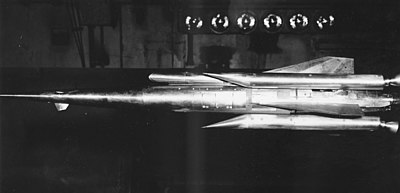
On January 1, 1957, the U.S. Air Force and the U.S. Atomic Energy Commission selected the Lawrence Radiation Laboratory (the predecessor of the Lawrence Livermore National Laboratory, LLNL) to study the feasibility of applying heat from nuclear reactors to ramjet engines. This research became known as Project Pluto. The work was directed by Dr. Theodore Charles Merkle, leader of the laboratory's R-Division.
Originally carried out at Livermore, California, the work was moved to new facilities constructed for $1.2 million on 8 square miles (21 km2) of Jackass Flats at the NTS, known as Site 401. The complex consisted of 6 miles (10 km) of roads, critical-assembly building, control building, assembly and shop buildings, and utilities. Also required for the construction was 25 miles (40 km) of oil well casing, which was necessary to store the approximately 1,000,000 pounds (450,000 kg) of pressurized air used to simulate ramjet flight conditions for Pluto.
The principle behind the nuclear ramjet was relatively simple: motion of the vehicle pushed air in through the front of the vehicle (ram effect), a nuclear reactor heated the air, and then the hot air expanded at high speed out through a nozzle at the back, providing thrust.
The notion of using a nuclear reactor to heat the air was fundamentally new. Unlike commercial reactors, which are surrounded by concrete, the Pluto reactor had to be small and compact enough to fly, but durable enough to survive a 7,000-mile (11,000 km) trip to a potential target. The nuclear engine could, in principle, operate for months, so a Pluto cruise missile could be left airborne for a prolonged time before being directed to carry out its attack.
The proposed use for nuclear-powered ramjets would be to power a cruise missile, called SLAM, for Supersonic Low Altitude Missile. In order to reach ramjet speed, it would be launched from the ground by a cluster of conventional rocket boosters. Once it reached cruising altitude and was far away from populated areas, the nuclear reactor would be made critical. Since nuclear power gave it almost unlimited range, the missile could cruise in circles over the ocean until ordered "down to the deck" for its supersonic dash to targets in the Soviet Union. The SLAM, as proposed, would carry a payload of many nuclear weapons to be dropped on multiple targets, making the cruise missile into an unmanned bomber. It was proposed that after delivering all its warheads, the missile could then spend weeks flying over populated areas at low altitudes, causing secondary damage from radiation. However, the high speed of the missile would spread direct radiation from the reactor over a large territory, keeping ground exposure to low levels. Little to no fallout would be created as the reactor elements would have to be resistant to the airstream in order to function for any time. When the vehicle would eventually crash after exhausting its fuel or due to a mechanical failure, a local radiation hazard would be created by the reactor. Compared to the primary payload, the effect would not be significant. The output at exhaust of any value of M>1 with an unfiltered fuel source, as Pluto was designed, consisting of a reactor of any size sufficient to create the desired Mach number would create significant radioactive fallout along its trajectory regardless of exhaust nozzle configuration even though that configuration would affect dispersal patterns. The apparent discrepancy of information regarding collateral radioactive damage and the minimizing of its effects in online documents arises from the fact that most sources referencing the Pluto project use official government project information. This was released at a time when the project scientists themselves were still coming to a more accurate and consistent appreciation of radioactive fallout.
On May 14, 1961, the world's first nuclear ramjet engine, "Tory-IIA", mounted on a railroad car, roared to life for a few seconds. Three years later, "Tory-IIC" was run for five minutes at full power. Despite these and other successful tests, the Pentagon, sponsor of the "Pluto project", had second thoughts. The weapon was considered "too provocative",[5] and it was believed that it would compel the Soviets to construct a similar device, against which there was no known defense. Intercontinental ballistic missile technology had proven to be more easily developed than previously thought, reducing the need for such highly capable cruise missiles. On July 1, 1964, seven years and six months after it was started, "Project Pluto" was canceled.
CONTROLS:
AG1: aim
AG2: Launch the rocket
AG3: Drop the booster rockets
AG5: Fire up the rocket engines.
GALLERY:

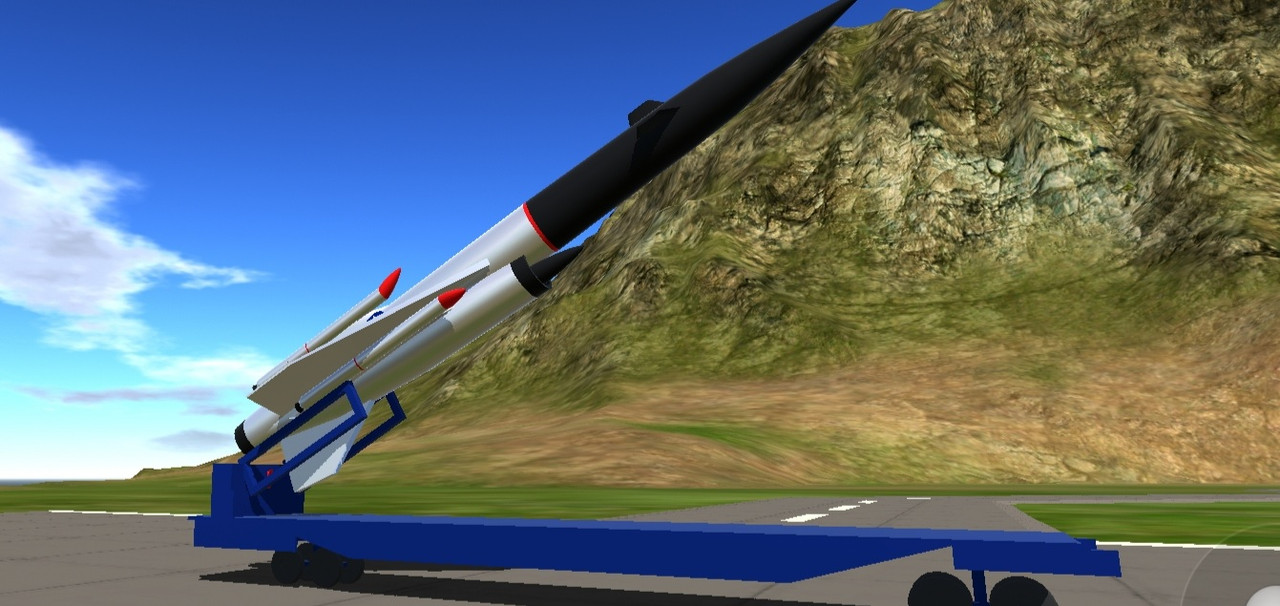

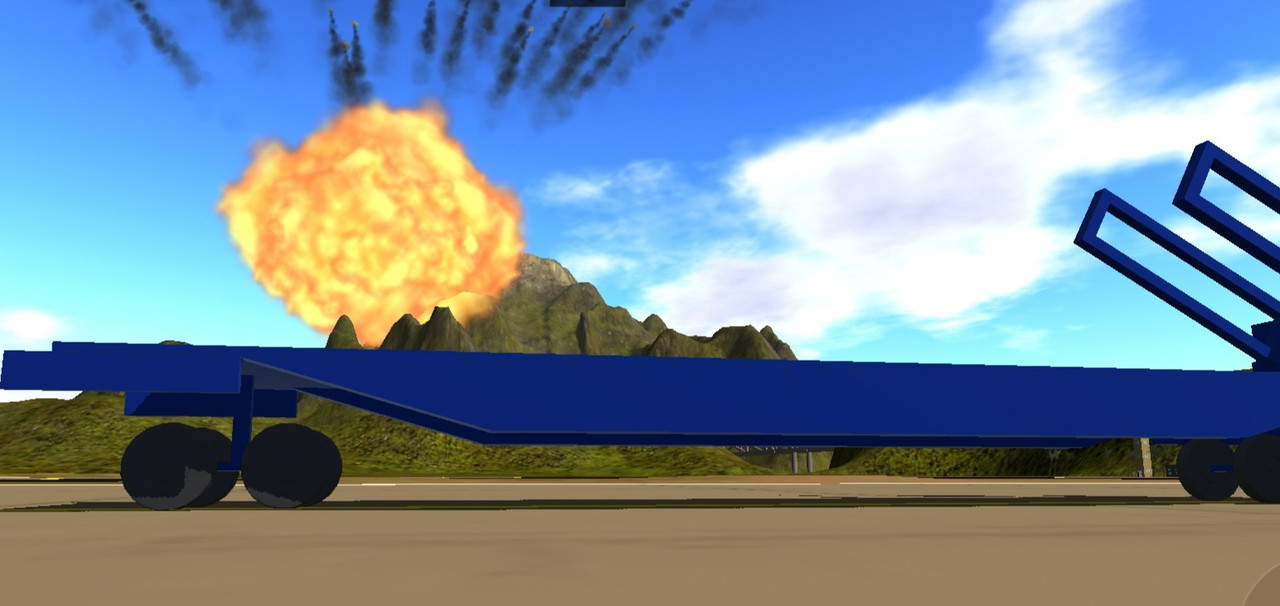
I HOPE YOU LIKE IT :)
Specifications
General Characteristics
- Created On Android
- Wingspan 21.5ft (6.5m)
- Length 84.4ft (25.7m)
- Height 23.6ft (7.2m)
- Empty Weight N/A
- Loaded Weight 162,357lbs (73,643kg)
Performance
- Power/Weight Ratio 0.207
- Wing Loading 70.1lbs/ft2 (342.1kg/m2)
- Wing Area 2,316.9ft2 (215.3m2)
- Drag Points 19332
Parts
- Number of Parts 152
- Control Surfaces 6
- Performance Cost 807

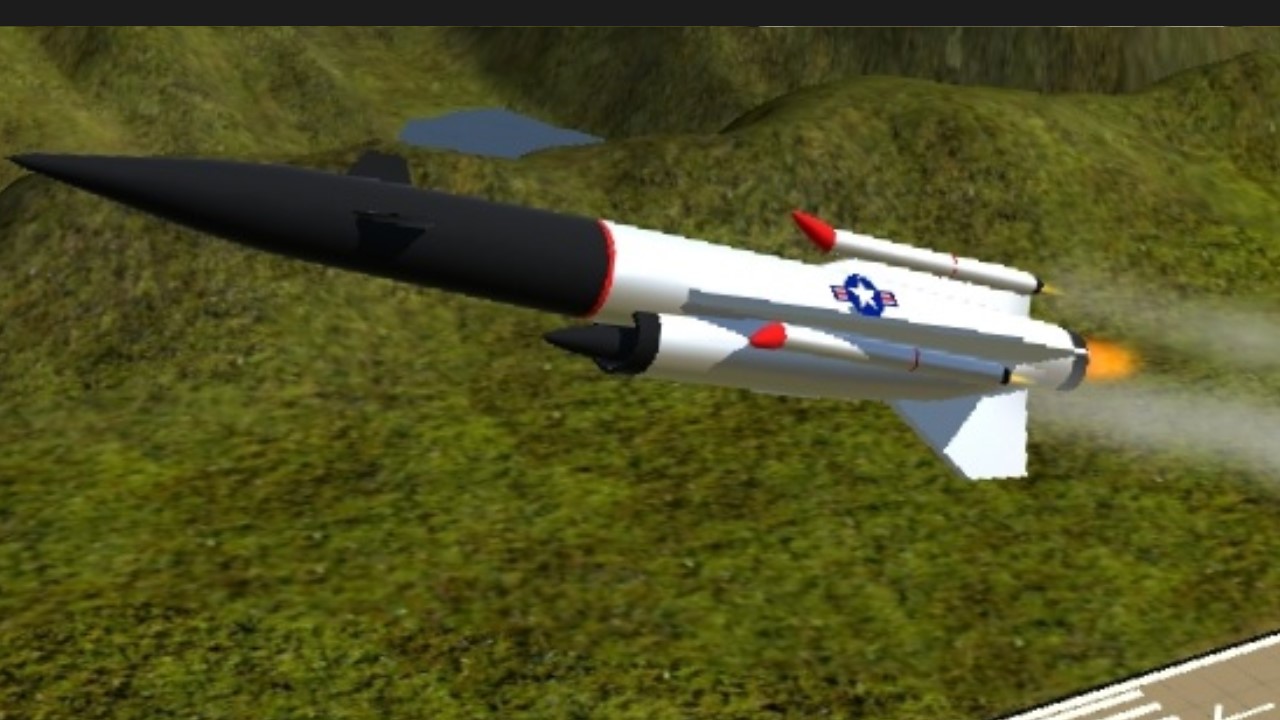

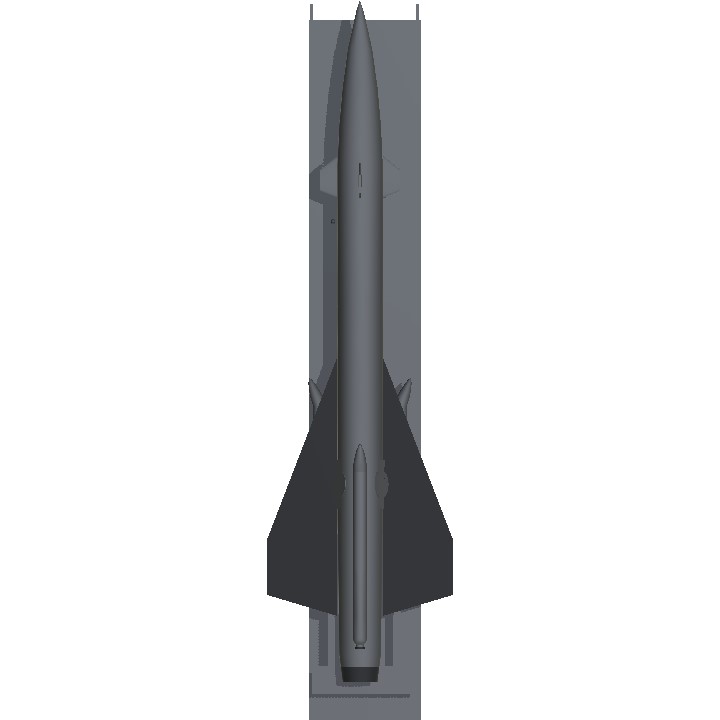
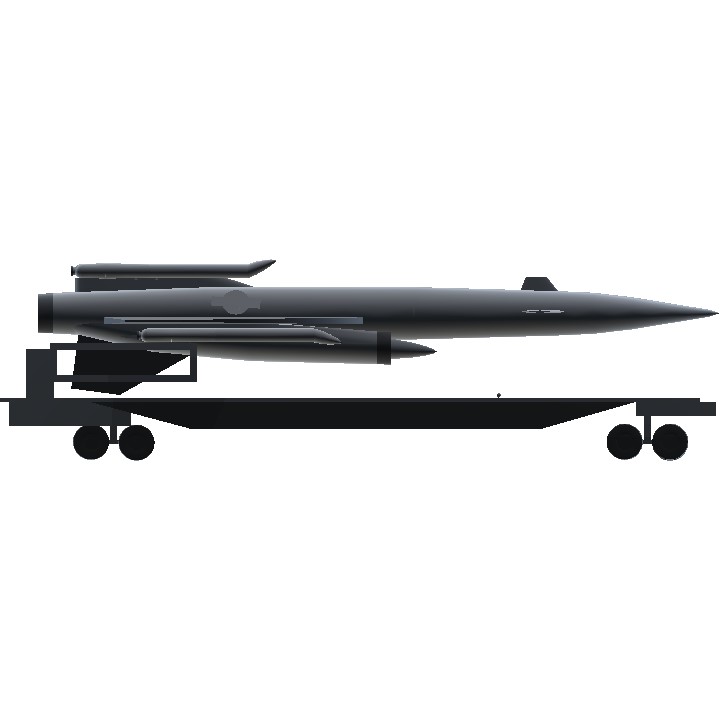
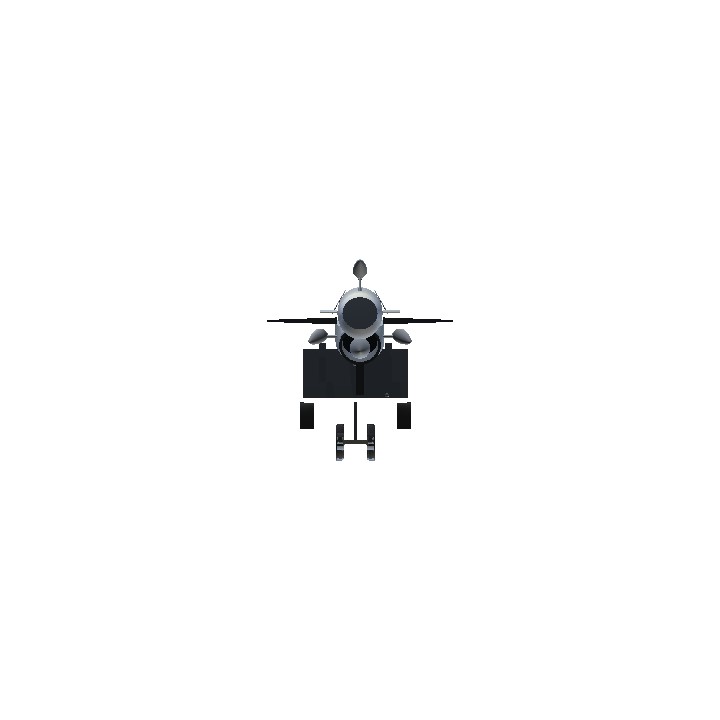
did you meant Project?
Proyect sounds pretty russian.
(And the missiles looks pretty russian ngl)
what a terrifying device
Cool!